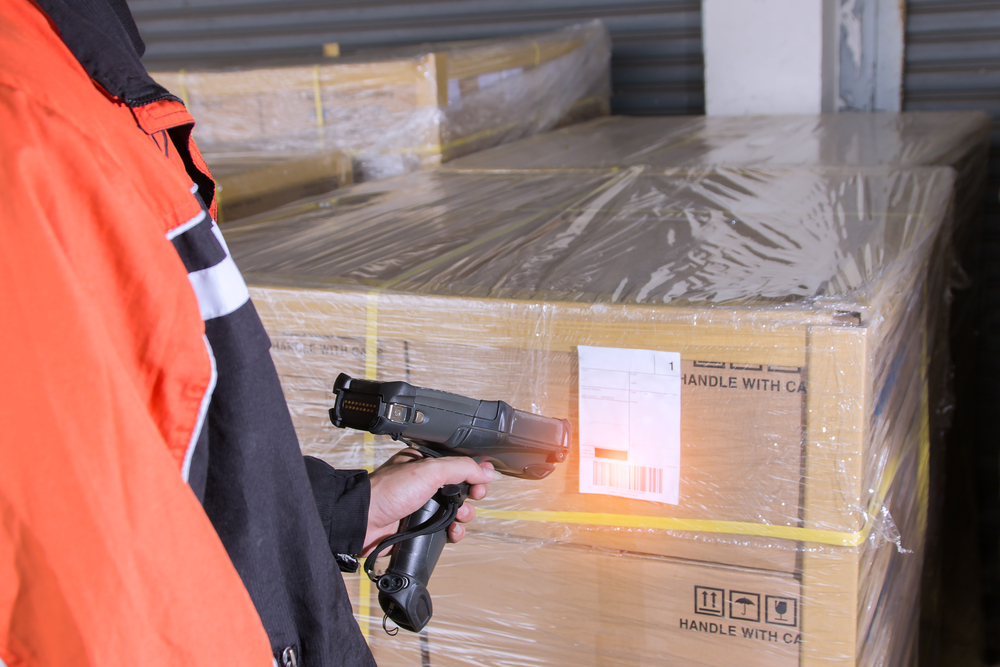A warehouse only operates at peak efficiency when the warehouse manager is able to play live-action Tetris in three dimensions in order to find space for inventory. This difficult job isn’t made easier by the warehouse manager’s distance from the company’s decision makers. Many at the executive level pay little attention to logistics systems. A good example is when an executive negotiates a discount bulk deal on ingredients or components. The purchase might look great on paper, but turns into a nightmare in the warehouse as staff struggle to unload and find storage for six months worth of orders when they arrive in a single night.
Disruptions like this are all too common in warehouses and distribution centers throughout the supply chain. They alter the balance between input and output in the warehouse and can result in chaos as warehouse staff rearrange inventory to find space. This scenario is always a possibility for warehouse workers and illustrates the need for maximizing warehouse space and using it intelligently even during the busiest times of operation.
Maximizing Warehouse Space Through Improved Transparency
A variety of factors can squeeze your warehouse space. Not only might company decision makers want to secure extra inventory when it’s available at a lower cost, but retail managers at the end of the supply chain might wish to stock up on particular items ahead of anticipated demand. If the demand anticipated doesn’t materialize or items are in excess of what storage can handle, then warehouses will have an overabundance of a single type of SKU with no place to put it. On the manufacturing side, it’s possible for management to miscalculate production targets and order too many of one type of component and not enough of another. Any of the above scenarios will leave warehouse staff struggling to work around an excess of products.

Tracking makes it easier to accurately predict and respond to demand.
In each of these cases, the key to maximizing warehouse space is through better data tracking and greater transparency of that data. If a store manager orders substantially more than their location can expect to sell or a purchaser buys more supply than storage allows, detailed data tracking means it can be easily seen in review, and the authorizing agent for purchases can correct or cancel the order before it goes through. However, capturing and recording this data can be a challenge. It requires either diligent scanning and uploading of data from incoming and outgoing inventory or an investment in equipment that automatically captures the necessary data.
The advantages of in-depth tracking go beyond maximizing warehouse space. Tracking makes it easier to accurately predict and respond to demand. It also makes it easier to determine if an increase in demand is seasonal or a long-term trend that you will need to grow your business—and warehouse space— to meet.
Maximizing Space by Improving Warehouse Storage and Layout
Creating extra space to meet the needs of a growing business requires either building a larger warehouse or strategizing to create more space in your current one. The latter is much less expensive and can be very effective at recovering unused space. Below are some common strategies for maximizing warehouse space:
- Warehouse Redesign: Many warehouses start by placing inventory on pallets on the ground floor and develop their storage system ad hoc from there. Redesigning the warehouse layout in a thoughtful way and using a modular racking system to take advantage of vertical space can exponentially increase your warehouse storage area.
- Alternative Racking: If your warehouse has already implemented racking, there are still ways to make use of empty space. You can improve cube utilization in processing areas by adding storage racks above the bay doors. Walls along processing areas can store supplies that are not in use and clear floor space for additional inventory. Tunnel racking, or adding racks that go above cross aisles, will create more storage space as well.
- Narrower Aisles: Another way to maximize warehouse space is to decrease the amount of floor area dedicated to traffic. Specialized equipment, like forklifts equipped with telescoping booms, can access pallets deeper within the racks, allowing you to dedicate uninterrupted blocks of space to storage.
- Automation: There are many benefits to warehouse automation. Automated systems need less space to operate than heavy equipment operated by personnel. Fully automating your warehouse with an Automatic Storage and Retrieval System (ASRS) and automated guided vehicles will maximize warehouse space and reduce labor costs as well.
While all of the options above can give you more inventory space, each has its own challenges and requires careful planning before implementation. Making use of vertical space increases the number of pallets your warehouse can hold, but also makes picking and retrieving a more complex operation and magnifies the consequences of any issues that occur. For instance, a pallet failure at ground level is far less destructive than one that occurs four levels above the floor.
Preventing Issues in Multi-Level Warehouses
Consistency counts in logistics as well as production. One of the most important factors in determining whether your warehouse redesign or recalibration is successful is your employee training. Narrowing the aisles reduces the space available for forklifts and other traffic. As a result, employees need to be informed of traffic flow patterns and consistent in following them to prevent collisions. It’s also crucial to plan pallet placement and retrieval–and train employees on this plan–in order to keep products accessible. Employee consistency should be matched by equipment consistency–make sure all machinery in use is in good repair and is operated safely. Consistency in one piece of equipment in particular can affect every other aspect of your supply chain: your shipping pallet.
High-quality plastic pallets also come equipped with global standard Radio Frequency Identification (RFID) technology for tracking that can be detailed as necessary for your operation.
Plastic shipping pallets are a reliably consistent platform that can help you make the most of your warehouse space. Plastic pallets are made of unitized construction rather than individual boards, which reduces stress points that can lead to dangerous pallet failure. Their uniform construction also ensures consistent weight and dimensions, making handling safer and easier for both man and machine. High-quality plastic pallets also come equipped with global standard Radio Frequency Identification (RFID) technology for tracking that can be detailed as necessary for your operation. The consistency and sophistication of a plastic pallet make it ideal for optimizing your workflow while maximizing your warehouse space.
The plastic pallet provided by the iGPS pallet rental program is a high-quality shipping platform with the consistency, durability, and trackability modern warehouses need. To maximize your warehouse space, give our team a call at 1-800-884-0225, email a specialist at switch@igps.net, or visit our contact page.



